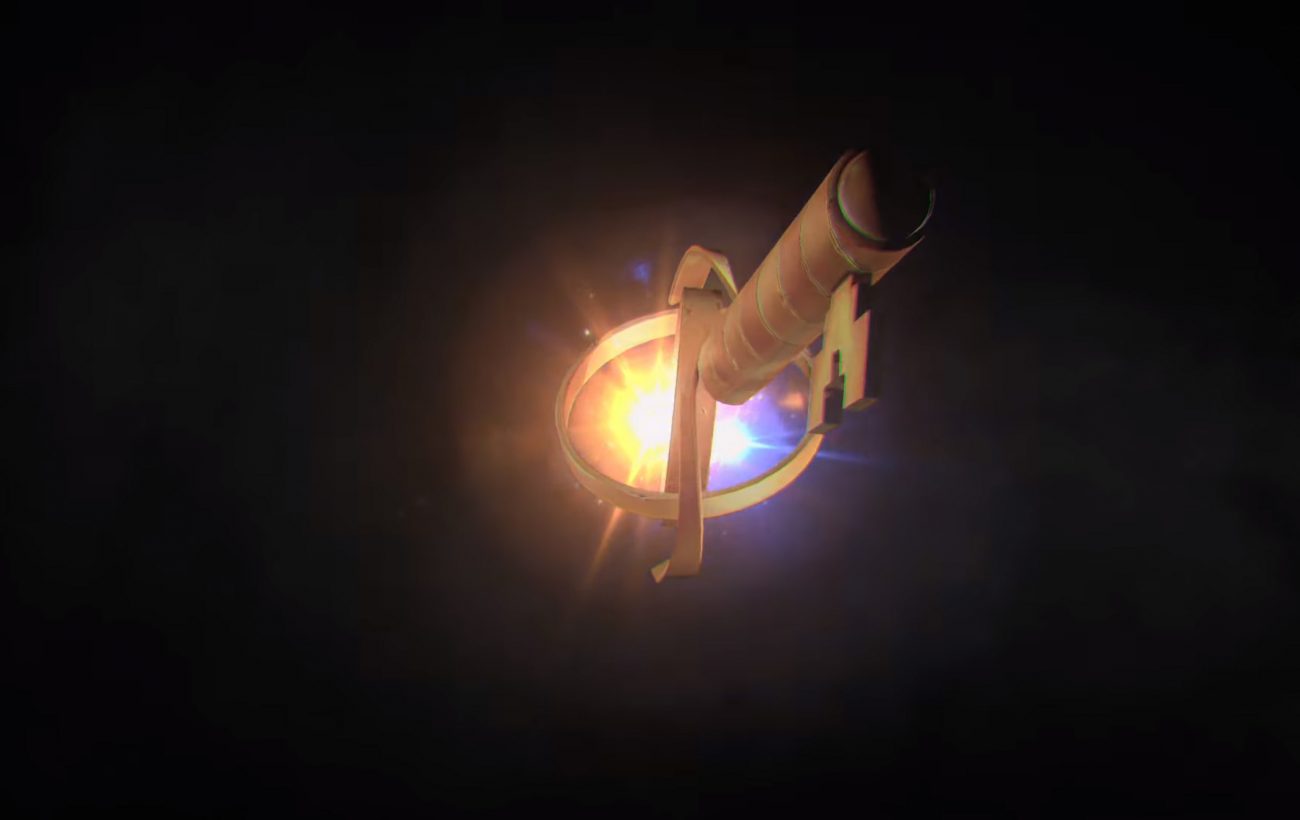I have found the key. Anna’s memories are returning to her…
I am still in the virtual reality. Where just a moment ago I saw the surreal and colorful world of Anna’s dreams, I now face an entirely different scene:
Another room. Its layout resembles my room among the clouds where I first met my three companion spheres and which the storm obliterated. This room, however, is not the illustrated and artificial world, but honest and harsh reality.
This building was also hit hard—albeit not by a storm. A hole gapes in one of its walls, dust and debris is scattered all around. People used to live in this room, clearly evidenced by the furniture and objects they seem to have left behind. My VR headset is slowly removed, and Anna’s voice commences to speak from around my neck, and I am looking into the eyes of the silent woman in front of me.
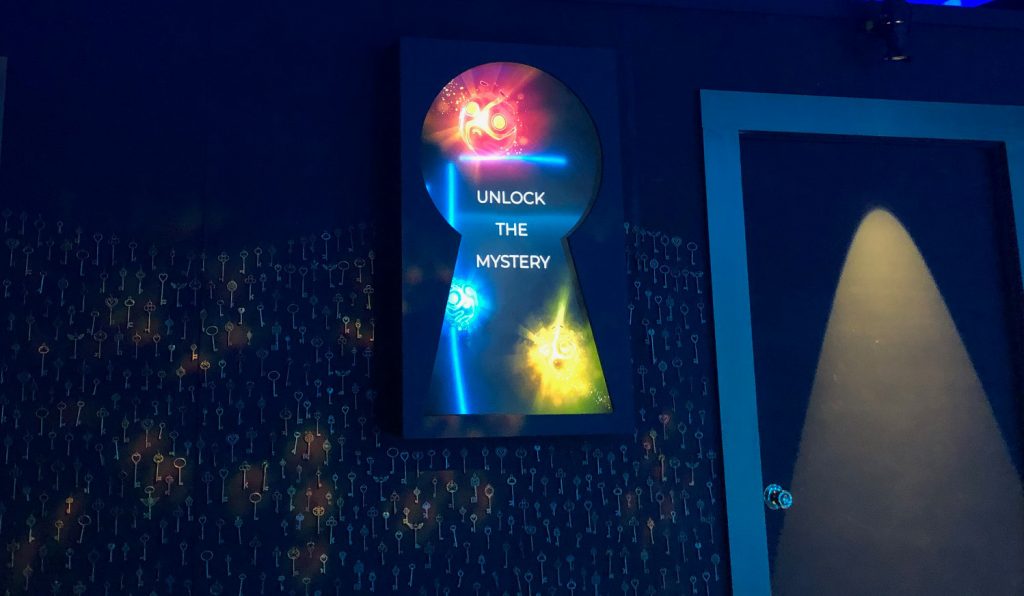
The Secret of the Key
You might have guessed it by now: The Key tells of people who were forced to flee from their homes. Anna’s amnesia is directly correlated to the traumatic effects of her escape.
Yet, like her, many refugees also carry the key to their lost home their whole life—even when it is clear that they may never again return. These keys become a secret and yet unusable treasure.
The bombed house I am standing in at the end of the VR experience used to be just such a home. It feels so real thanks to photogrammetry based on a compilation of innumerous photographs. Celine Tricart herself travelled to Mossul, Iraq, in spring 2019 to take such pictures.
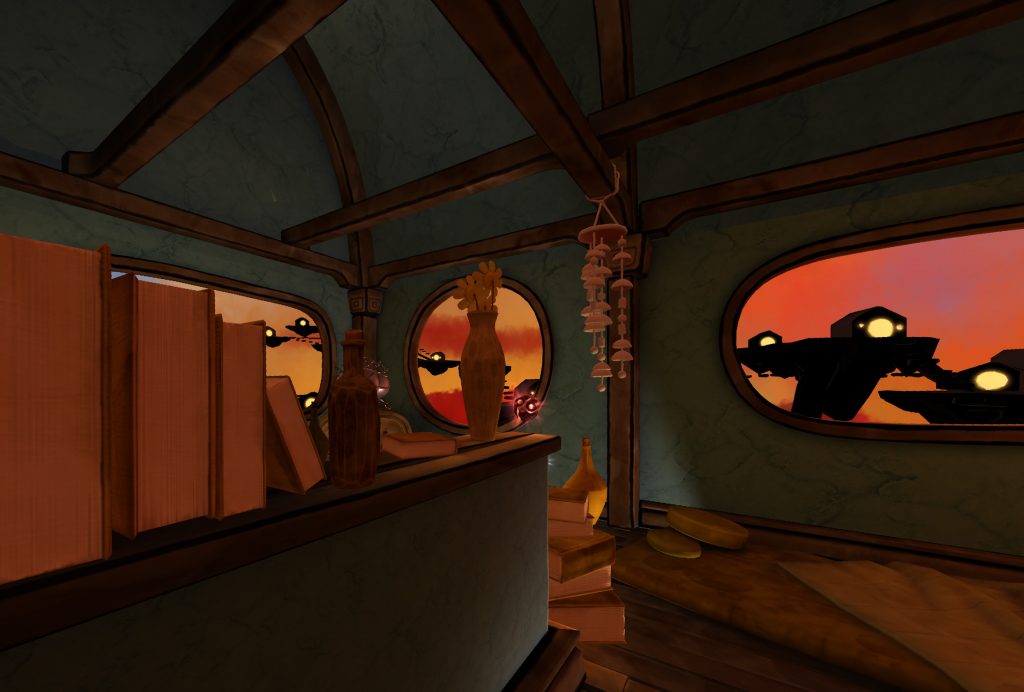
Berlin-based company Realities supported Celine in technical questions: the photogrammetry experts conducted pre-training with Celine and then crafted a virtually experienceable room from the photos she had taken in Iraq.
The Key’s Genesis
The Key was developed in the Oculus Creators Lab—part of Oculus’ VR for Good initiative—which also spawned the amazing project called Home After War that I reported on quite a while ago (German only). Under the program, non-government organizations are brought together with XR creators to jointly develop an immersive experience.
As Celine Tricart recounts in Voices of VR, the podcast created and hosted by Kent Bye, she had already unsuccessfully applied to the Creators Lab twice before. The third time, however, finally proved to be the charm; and so, she was partnered up with the NGO Friends of Refugees, which is based in Clarkston, GA.
The small town close to Atlanta maintains a special welcoming culture: almost 53% of Clarkston’s residents were born outside of the US. According to Lauren Brockett, director of employment services at Friends of Refugees, 60000 new arrivals came to Clarkston and the surrounding area in the last 35 years to commence their new, American lives. They are comprised of around 150 ethnic groups.
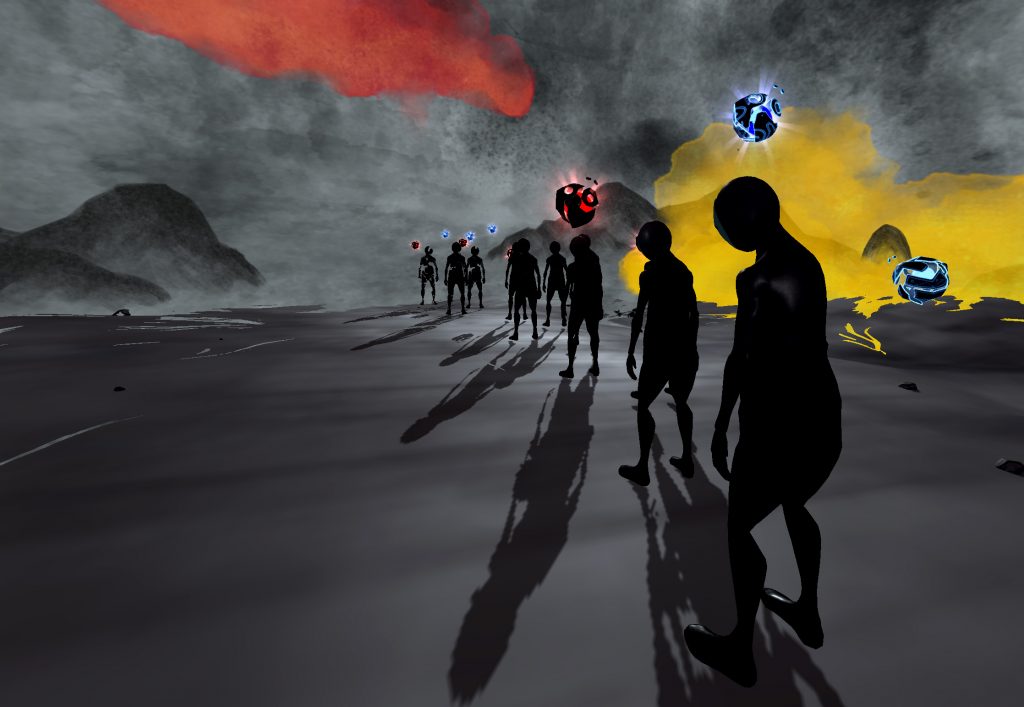
Yet another reason for why the characters in The Key look so undefined, so ambiguous as to their nationality. Anyone should be able to identify with them, whether they are from Iraq, Burma, Afghanistan or Eritrea.
Their carefully guarded mementos do not always take shape as a key—at least not in the literal sense. It may as well be a coin or a picture, as is evidenced on Friends of Refugees’ website. These things form a link between their new and old lives—just like the key in the VR film, as Lauren Brockett puts it in her e-mail answering my queries.
Friends of Refugees and the Arrival at a Strange Place
The NGO, which was founded in 1995, seeks to help refugees while they set out into their new futures. It mediates job searchers to companies, offers English language courses, supports the founding of new enterprises, runs communal gardens, liaises new arrivals with volunteers and so much more.
Lauren tells me the motivation for participating in Oculus’ VR for Good was to promote their program:
Our goal with this VR project is to help show examples of how our community is welcoming and supportive of refugees, so more viewers can build empathy and take action to support refugees in their neighbourhood.
The Key aims to motivate its viewers to join the cause wherever they may be—meaning that, for somebody, they themselves could become “the key” to a new life (such experiences can be shared via #bethekey).
A Story in Metaphors
Friends of Refugees brought Celine together with refugees living in Clarkston to tell her their stories. Indeed, their memories oftentimes showed many similarities. Celine and her team eventually synergized those similarities into mystical scenes, emotional journeys full of symbolism.
Hence, The Key is not comprised of individual fateful stories, but rather concentrates their essence. Celine calls this dramaturgy aligned to feelings emotional storytelling, and indeed it feels much more accessible than the initially difficult to grasp images shown in the experience.
Time and again, the refugees described their flight: how, suddenly, they were forced to leave their homes, how they only managed to grab a handful of things before having to run. This was not the worst, though, as Celine recounts in Venice:
As they flee the country, most have to pass checkpoints where people steal from them—possessions, mainly—but sometimes, they steal an actual human being. We heard the story of a family that was on the bus leaving Baghdad trying to enter Syria during the Iraqi war in 2004. At every checkpoint, they had to give up money or jewellery. At the last checkpoint, they had nothing left. So the people—the militia holding the checkpoint—took their little sister. They haven‘t seen their little sister since then.
Celine and her team were confronted with many such gut-wrenching stories. They formed the basis for the first dream in The Key: when the room is devastated by a storm and you can only save two of the three little companions—no matter how hard you try.
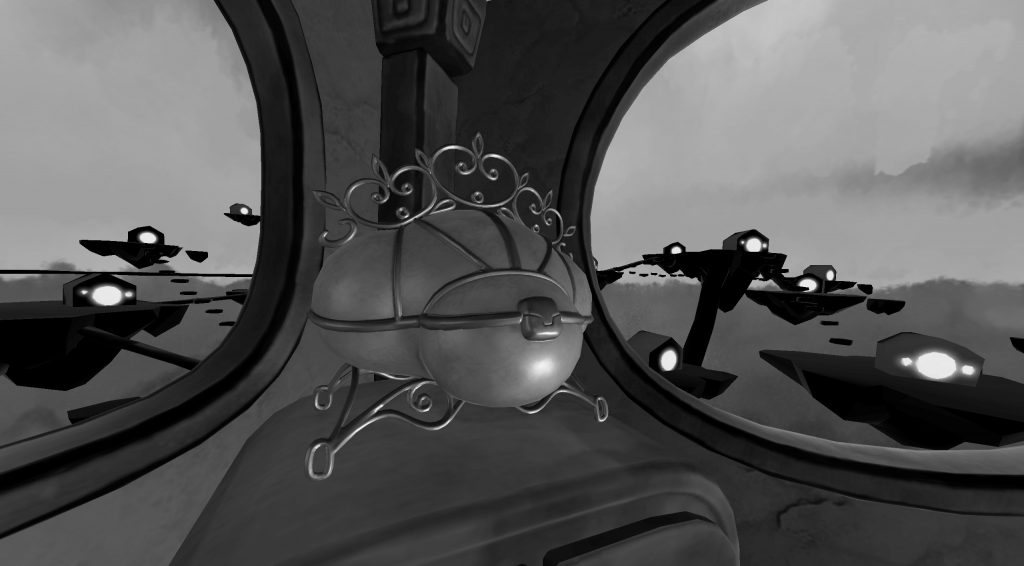
The Key does not only address refugees’ flight and loss, but also sheds a light onto their arrival in a foreign country and waiting for something to happen. It’s a wait without a work permit, without knowing what will follow. The endless lines let you experience this “limbo,” as Celine calls it, when refugees are forced to persevere these conditions for years, if not decades.
Breaking Through Emotional Barriers
She quickly knew that she did not want to make just another journalistic project about the refugee crisis, Celine tells me. She herself was privy to visiting refugee camps in the past and had already been to Iraq multiple times. Before The Key, her experiences led to the touching 360 degree film Sun Ladies, which she created as co-director and co-producer with Christian Stephen.
By now, however, people are veritably bombarded with the refugee thematic in the media, Celine says, and explains to me the plan behind The Key:
People are protecting themselves by putting up emotional walls, so you don’t feel… Those stories seem very disconnected. It appears as though it’s happening far away and to people that we neither know nor understand. In The Key, I wanted to find a way to bypass those emotional walls and surprise people with the stories of the refugees. The only thing we told the public is that it’s a mystery and there is this mysterious key—and you must figure out what that key is for. So people dive into the story without those emotional walls, not knowing where it will take them.
Of course, we could debate why it only appears to be possible to overcome our collective emotional unavailability with tricks and surprise effects. Is there no other way—are we really that numb?
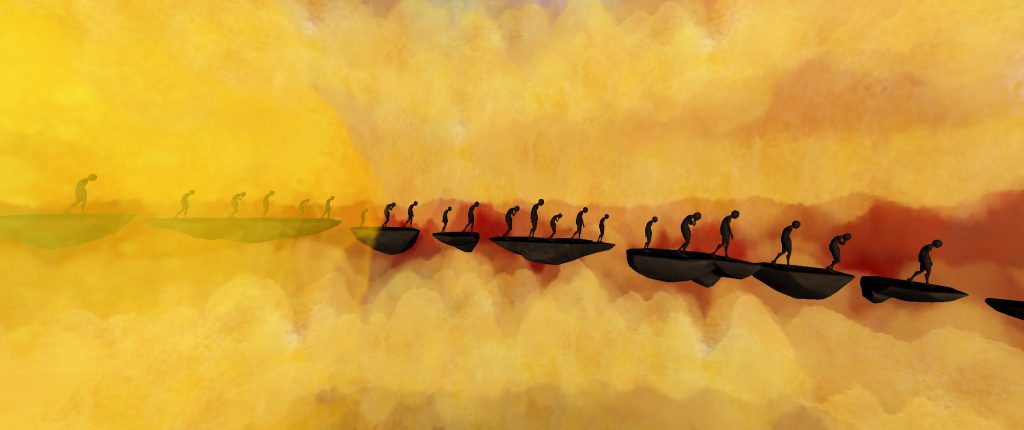
In fact, the “trap,” as Celine calls it in the podcast, seems to work. At one of the parties in Venice, I talked to the actress who I now already encountered twice at the installation of The Key. She can recall most all of the visitors of the VR installation, she tells me. I must have shown some disbelief, as she followed this up with a simple explanation: so many visitors had emerged from the virtual world shocked and touched, some were crying.
Sharing such a moment with someone, she tells me: you don’t forget that person too quickly.
Translated by Jan Mc Greal
